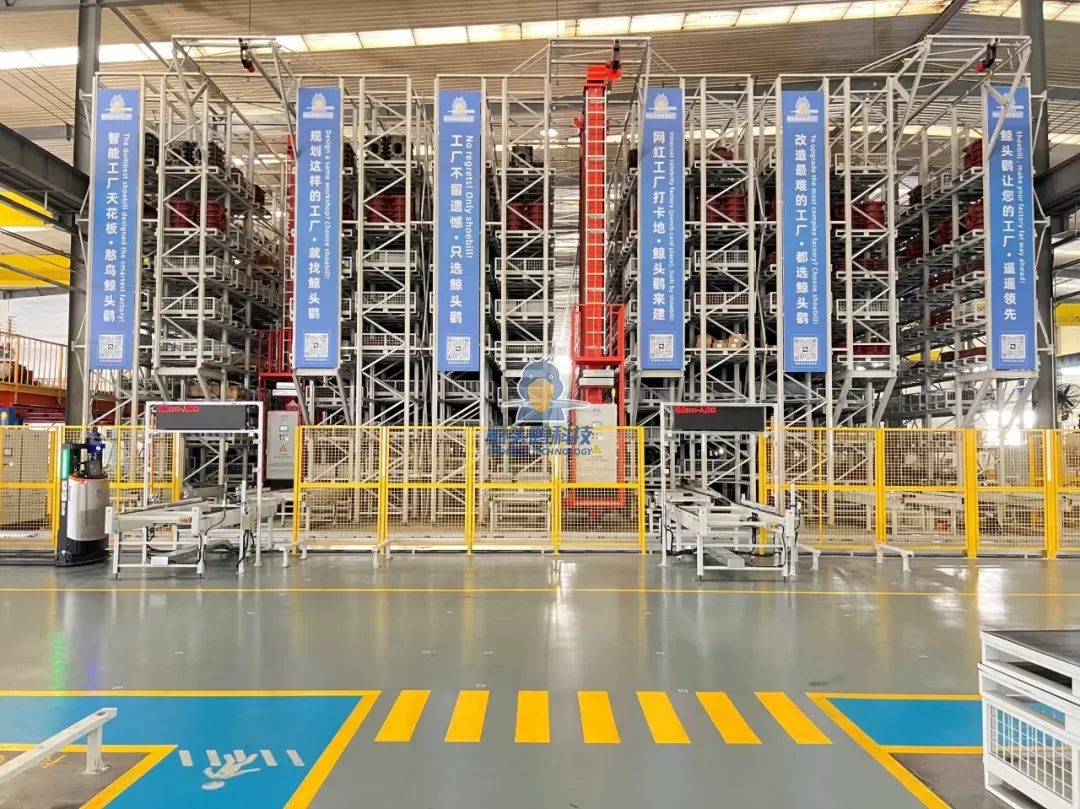Fortifying Your Business: Comprehensive Strategies for Ensuring Safety and Security
In today’s rapidly evolving business landscape, ensuring the safety and security of your enterprise is not merely a precaution; it is a fundamental necessity. With increasing threats ranging from cyberattacks to physical security breaches, business owners must adopt a multi-faceted approach to safeguard their assets, employees, and reputation. This article delves into advanced strategies that can help you make your business safe, addressing various dimensions of security from physical premises to digital infrastructures.
- Conduct a Comprehensive Risk Assessment
The first step in fortifying your business is to conduct a thorough risk assessment. This involves identifying potential threats and vulnerabilities specific to your industry and operational environment. Consider the following:
- Physical Risks: Evaluate the security of your premises, including access points, lighting, and surveillance systems. Are there areas that are more susceptible to theft or vandalism?
- Cybersecurity Risks: Assess your digital infrastructure. Are your systems protected against malware, phishing, and other cyber threats? Regularly update software and conduct penetration testing to identify vulnerabilities.
- Operational Risks: Analyze your business processes for potential disruptions. This includes supply chain vulnerabilities, employee turnover, and compliance with regulations.
- Implement Robust Cybersecurity Measures
In an age where data breaches can lead to catastrophic financial losses and reputational damage, investing in cybersecurity is paramount. Here are several strategies to enhance your digital security:
- Firewalls and Antivirus Software: Utilize advanced firewalls and reputable antivirus software to protect your network from unauthorized access and malware.
- Encryption: Encrypt sensitive data both in transit and at rest. This ensures that even if data is intercepted, it remains unreadable to unauthorized users.
- Regular Backups: Implement a robust data backup strategy. Regularly back up your data to secure cloud storage or external drives to mitigate the impact of ransomware attacks.
- Employee Training: Conduct regular training sessions to educate employees about cybersecurity best practices, including recognizing phishing attempts and using strong passwords.
- Establish a Comprehensive Physical Security Plan
Physical security is just as crucial as cybersecurity. Here are key components to consider:
- Access Control Systems: Implement access control measures such as key cards, biometric scanners, or security personnel to restrict entry to authorized individuals only.
- Surveillance Systems: Install high-definition CCTV cameras to monitor your premises. Ensure that these systems are regularly maintained and that footage is stored securely.
- Emergency Preparedness: Develop an emergency response plan that includes evacuation procedures, communication strategies, and coordination with local law enforcement and emergency services.
- Foster a Culture of Safety
Creating a safe business environment goes beyond physical and digital measures; it involves fostering a culture of safety among employees. Here’s how to cultivate this culture:
- Open Communication: Encourage employees to report safety concerns without fear of retaliation. Establish anonymous reporting channels if necessary.
- Regular Safety Drills: Conduct regular safety drills to prepare employees for emergencies, whether they are fire evacuations or active shooter situations.
- Wellness Programs: Implement wellness programs that address mental health and stress management, as a healthy workforce is more alert and engaged in safety practices.
- Stay Compliant with Regulations
Compliance with industry regulations and standards is essential for maintaining safety and security. Regularly review and update your policies to align with:
- Data Protection Laws: Ensure compliance with regulations such as GDPR or CCPA, which govern the handling of personal data.
- Occupational Safety Standards: Adhere to OSHA regulations to maintain a safe working environment and reduce the risk of workplace injuries.
- Leverage Technology for Enhanced Security
Technology plays a pivotal role in modern business safety. Consider integrating the following technologies:
- AI and Machine Learning: Utilize AI-driven security systems that can analyze patterns and detect anomalies in real-time, enhancing both physical and cybersecurity.
- IoT Devices: Implement Internet of Things (IoT) devices for smart surveillance and environmental monitoring, allowing for proactive responses to potential threats.
- Cloud Security Solutions: Invest in cloud security solutions that provide advanced threat detection and response capabilities, ensuring your data remains secure in the cloud.
Conclusion
Making your business safe requires a proactive and comprehensive approach that encompasses physical security, cybersecurity, employee engagement, and regulatory compliance. By conducting thorough risk assessments, implementing robust security measures, fostering a culture of safety, and leveraging technology, you can significantly reduce the risks your business faces. Remember, safety is not a one-time effort but an ongoing commitment that evolves with the changing landscape of threats. Prioritize safety today to secure a prosperous tomorrow for your business.



